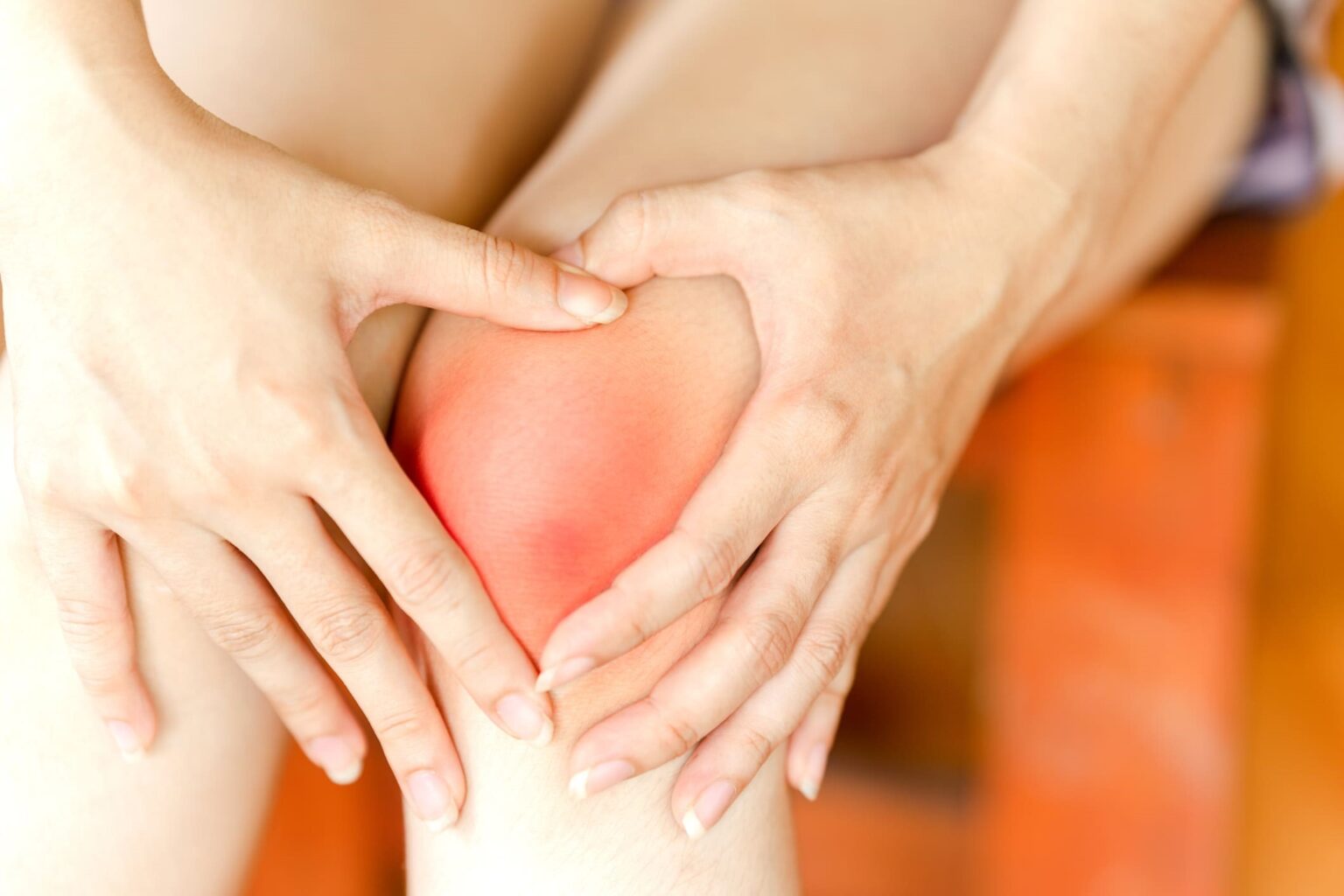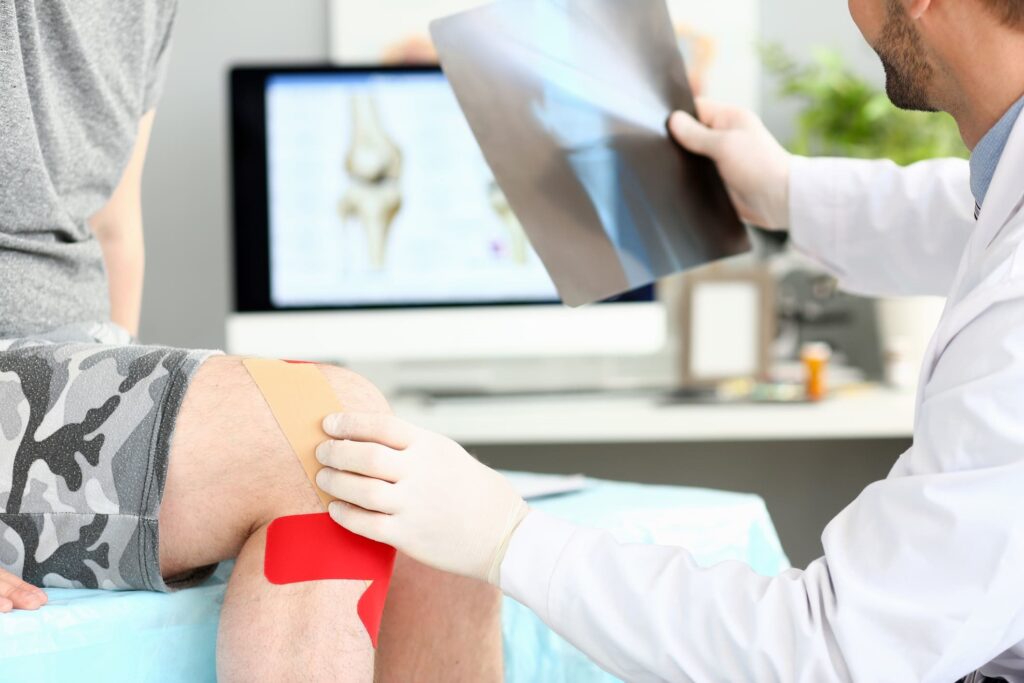Schedule An Appointment With Us
Are Your Symptoms Affecting Your Quality Of Life?
Consult our MOH-accredited orthopaedic specialist for an accurate diagnosis & personalised treatment plan today.

MBBS (S’PORE)
MRCS (Ireland)
MMed (Ortho)
FRCSEd (Ortho)

Anterior Knee Pain Syndrome, also known as patellofemoral pain syndrome, manifests as a diffuse, aching pain, often exacerbated by knee bending, and affects the front of the knee, around the patella or kneecap.
While it is pervasive among athletes, especially those engaged in sports that put considerable stress on the knees, it can affect individuals of any activity level.
Individuals with Anterior Knee Pain Syndrome may experience a range of symptoms, typically centred around discomfort in the front of the knee. Key symptoms include:
The hallmark symptom is diffuse, aching pain around the patella, especially noticeable during activities that involve knee flexion.
Some individuals may notice mild swelling in the knee area, although this is not always present.
Movements of the knee may be accompanied by sensations of grinding, clicking, or popping, which can indicate issues with patellar tracking.
The condition is sometimes referred to as the “theatre sign” or “movie-goer’s knee” due to discomfort arising after sitting for long durations with the knee bent.
Schedule An Appointment With Us
Consult our MOH-accredited orthopaedic specialist for an accurate diagnosis & personalised treatment plan today.


Aimed at correcting the alignment of the patella to ensure it tracks correctly within its groove. Some examples are Lateral Release, Tibial Tubercle Transfer and trochleoplasty.
A minimally invasive surgery to address and repair any underlying issues within the knee joint, such as removing damaged tissue.

MBBS (S’pore)
MRCS (Ireland)
MMed (Ortho)
FRCSEd (Ortho)
Dr Kau (许医生) is a Fellowship trained Orthopaedic Surgeon with a subspecialty interest in Hip and Knee surgery and has been in practice for more than 15 years.
He is experienced in trauma and fracture management, sports injuries, and joint replacement surgery.
These measures focus on minimizing stress on the knee and improving lower limb mechanics to prevent the onset or exacerbation of symptoms. Key strategies include:
Avoid sudden increases in activity levels, which can place excessive stress on the knee. Gradually building up intensity and duration is essential.
Shoes that provide adequate support and cushioning can help in maintaining proper foot alignment and reducing impact on the knee.
Awareness of knee positioning during daily activities and sports can prevent unnecessary stress on the patellofemoral joint.
Recognizing early signs of knee discomfort and adjusting activities accordingly can prevent minor issues from becoming serious.
For Singaporeans, Singapore Permanent Residents and Foreigners.
Please speak to our friendly clinic staff about using your insurance plans.

If you have any enquiry, please do get in touch. Leave us a message and we will get back to you shortly.
While Anterior Knee Pain Syndrome can often be managed effectively with the right treatment and rehabilitation strategies, some individuals may experience recurrent symptoms, especially if underlying biomechanical issues are not fully addressed.
Recovery time varies depending on the severity of the condition and the individual’s adherence to their treatment plan. Many patients begin to see improvement within a few weeks of starting treatment, but it can take several months for symptoms to resolve fully.
While Anterior Knee Pain Syndrome itself does not typically lead to long-term joint damage, chronic pain and dysfunction can impact quality of life and physical activity levels. Untreated, it may predispose individuals to other knee problems due to altered gait and compensatory mechanisms.
Yes, Anterior Knee Pain Syndrome can affect both knees simultaneously, especially in individuals who engage in activities that place equal stress on both legs, such as running, cycling, or certain types of athletic training. Bilateral symptoms may also indicate underlying biomechanical or alignment issues affecting both lower limbs.